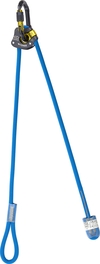French belays on sea cliffs, lower off advice for sport climbing
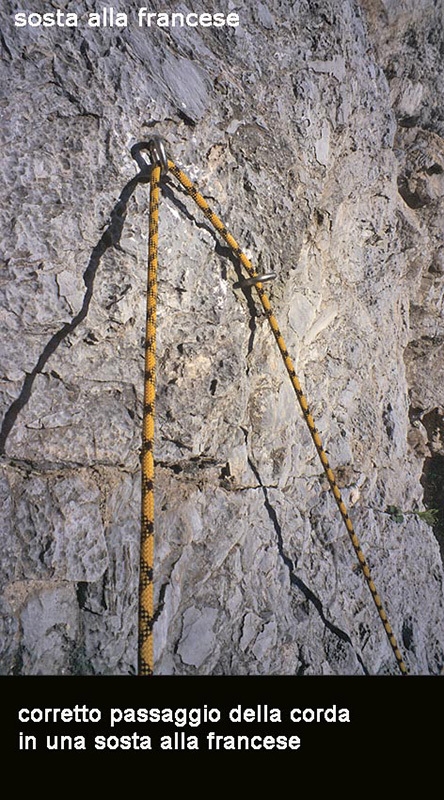
 1 / 8
1 / 8 Maurizio Oviglia
Maurizio Oviglia
Despite not being particularly popular with climbers (because of the need to carry out the rope maneuver to thread the rope), this type of belay is fairly common in coastal areas where the use of chains and connectors would increase costs and where zinc-plated gear rapidly deteriorates.
In recent years many companies have started to produce complete belay anchor systems, in stainless steel, the best of which are currently comprised of two closed rings, that rotate freely so that the rope doesn’t wear the ring in one point only. Despite the fact that this is currently considered the best way to equip a belay (although still necessitating the rope maneuver to thread the rope through the closed ring), there are nevertheless many crags that have been equipped with different types of belay anchors, some of which have become unsafe.
If we focus our attention on crags with "French belays”, we cannot ignore what has recently happened to stainless steel (in particular AISI 304) in areas adjacent to the sea. Stainless steel can break due to internal corrosion, as has happened in the past and will continue to happen in the future. The first precaution that must be taken therefore (in addition to rebolting those routes with more suitable gear) is to NEVER remain clipped to just one anchor when you perform the rope maneuver.
French belays, precisely because the bolts are not connected to each other, should be avoided in the future but if the belay bolts cannot be substituted immediately, in the meantime they can simply be linked to each other with connectors and chains. Obviously in stainless steel to avoid corrosion.
As mentioned, if the bolts are not linked to each other we have to resign ourselves to carrying out the rope maneuver, usually taught by the Italian Mountaineering Club and mountain guides. While there is now a common method, there are nevertheless many different variations and it is not uncommon to see the maneuver being carried out in different ways, depending on the country of origin of the climber.
At the Petzl Rock Trip in China, for example, no one could climb without having previously performed the maneuver correctly on the ground, beneath the watchful eye of an examiner. The examiners taught the participants a single method. No variations were permitted.
Considering the accidents that have occurred in recent years, there are some rules that must be followed. In the hope that I have not forgotten any, they are listed below (and illustrated in the galley).
- Never lower off a belay comprised of a single anchor. Even if it is big and glue-in, even if the quality of steel is good, the gear or the glue may have deteriorated or be faulty.
- For the same reason, when you reach the belay anchor, make sure you tie-in to both anchors, not just one!
- If your climbing partner does not intend to lead the route, do the rope maneuver before lowering-off and then make them climb on toprope threaded through the belay anchor. In short, when you carry out the rope maneuver, your rope must always be clipped into the quickdraws. The rope maneuver should never be carried out by the second, who could become distracted and make a mistake. In this case, he/she would no longer be protected by any anchors (this has unfortunately already caused several fatalities).
- Never untie your knot before having threaded the rope through the eye of the bolt and tied it back in to your harness with a figure-of-eight. Like this you will avoid dropping the rope!
- Once you have carried out the rope maneuver, untie your knot, pull the rope through the rings and tie back in for additional safety, making sure before lowering off that the rope is threaded correctly through both anchors and tied-in properly to your harness.
In the hope that reaffirm these simple rules will help to reduce the number of accidents at sports crags, I would like to invite route equippers to constantly improve the belays at historical crags, replacing or improving them as described above, and avoiding establishing new belays whose anchors are not connected and which can generate mistakes more easily. Furthermore, before climbing outdoors I invite all beginners to attend a climbing course (such as those run by mountain guides, the Italian Alpine Club, etc) to learn all about the lower-off rope maneuver techniques.
Maurizio Oviglia (IA, INAL)



 Copia link
Copia link
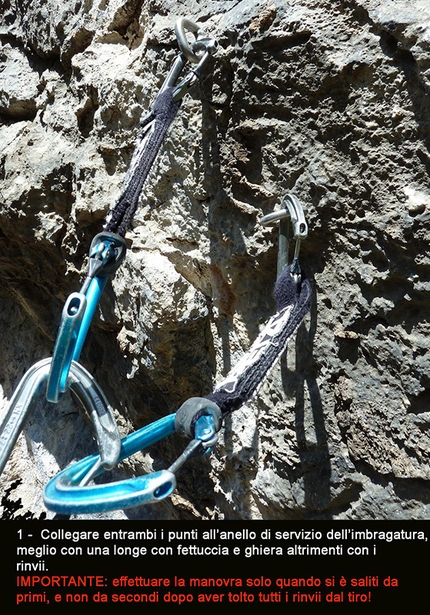
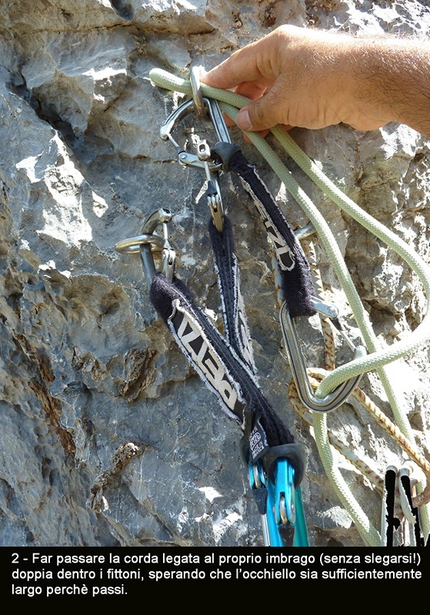
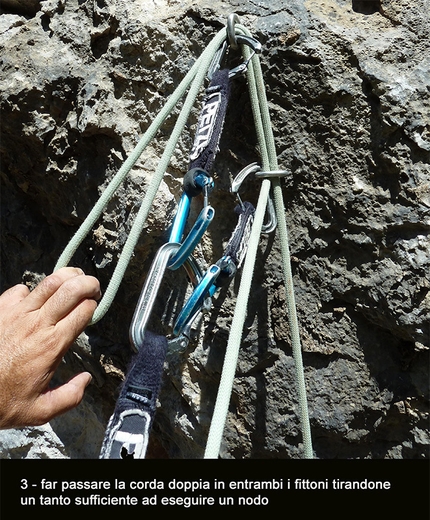
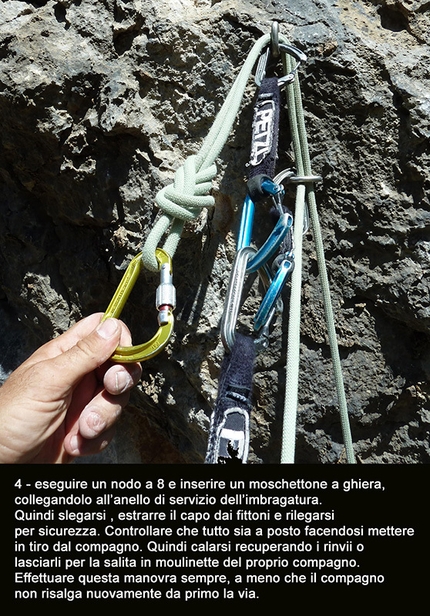
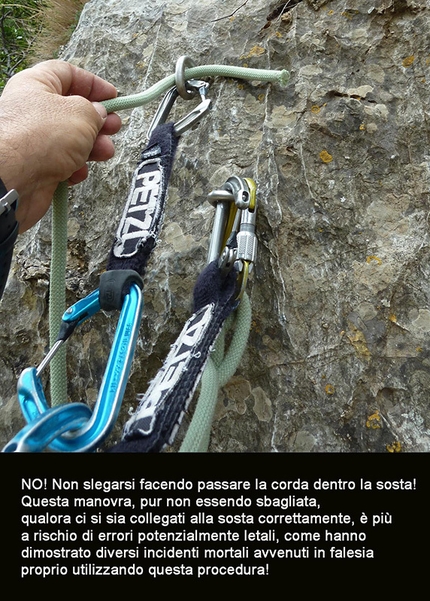
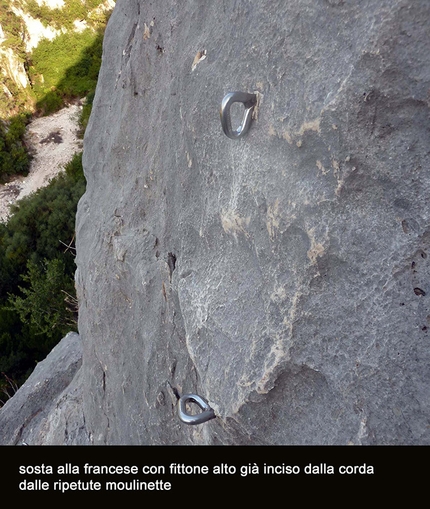
 See all photos
See all photos











